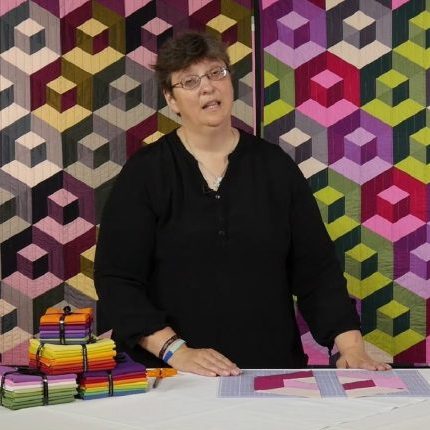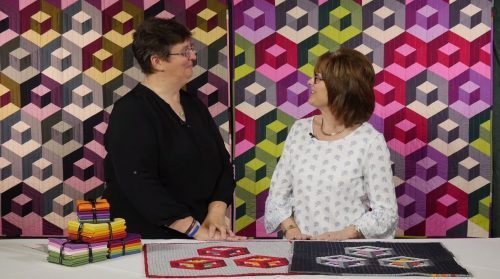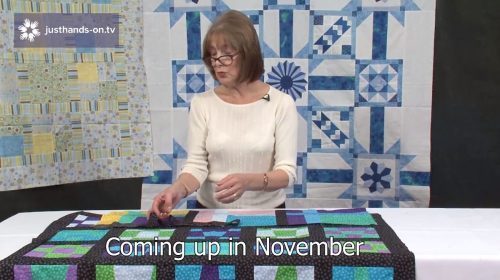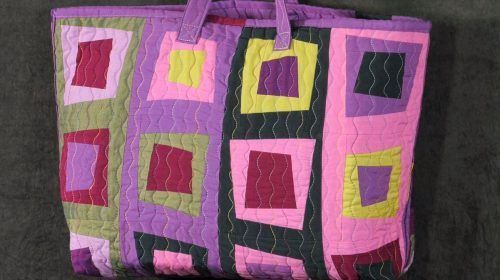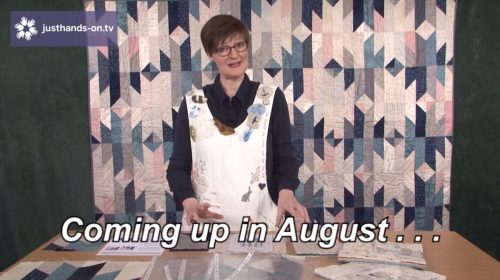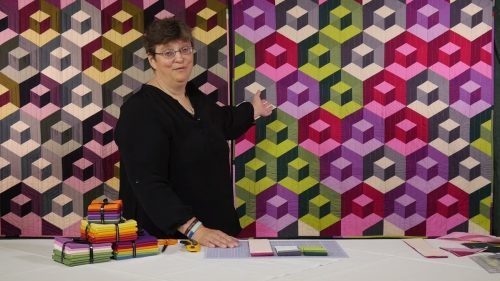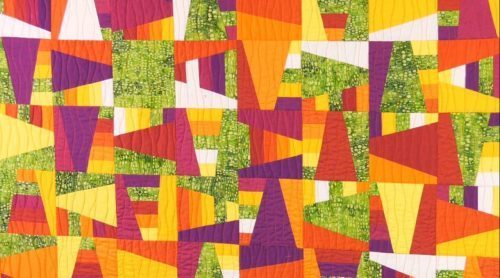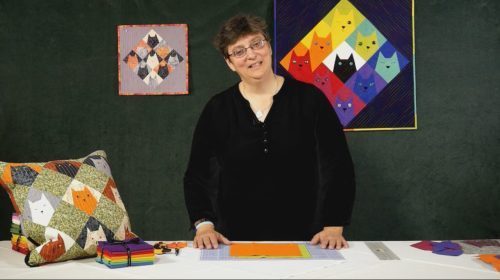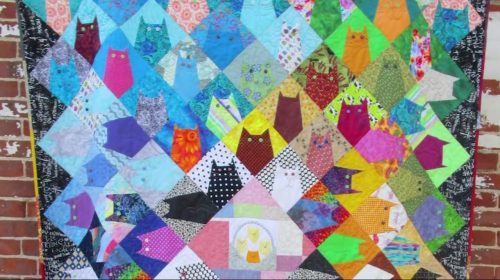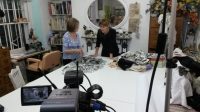About Helen
Helen can’t remember a time when she wasn’t making something. As a young child her greatest joy was the ‘useful box’ which lived in the cupboard under the stairs and was the repository for empty egg boxes, cereal packets and yogurt pots, all fantastic stuff to feed a creative mind.
When Helen was seven her Grandmother taught her to sew and opened her mind to a whole new avenue of creative expression. Helen designed and made her first full size cross-stitch sampler before she was nine, and made various garments for dolls and bears and eventually herself, creating patterns by the simple method of lying on the floor and drawing round herself, much to the amusement of her Mother & Grandmother – both accomplished dressmakers.
Helen worked in graphics, and then advertising, for ten years, until she and her partner had the opportunity to quit the London rat-race and move to Yorkshire to run the family’s marina business. During this time, Helen taught herself patchwork, quilting, beading, origami, marquetry, doll making and canvas work. She discovered that, not only does she love crafting and the challenge of learning something new, she also had a hitherto undiscovered competitive streak deep inside which prompted her to hone these new skills to the point where she regularly won awards in the handicrafts section of shows.
Fifteen years later, Helen decided to combine her experience of running a business with her enduring passion for crafting to start LITTLE PATCH POCKETS. Helen creates patchwork designs and writes patterns so you can make your own unique, lovely things. She also offers kits, classes and workshops where she teaches her designs.
Helen loves using three dimensional illusions in her work. According to Helen, “I love to create an illusion of three dimensions and many of my designs are based on this concept. I do occasionally use curved lines, but since my mind seems to work in straight lines I find lots of inspiration in architecture, engineering and even mathematical concepts. I like accurate piecing and often create my own foundation paper pieced blocks in order to achieve the precision I enjoy.”
Helen is an avid follower of the Modern Quilt Movement as well as a great believer that quilts are for using: “for your three-year-old to drag down the garden, for the dog to sleep on and to go in the washing machine.”
Signature Technique
Modern Quilting
Helen’s Top Tips
- Colour choice is key to 3D work. Always select three shades of the same colour, or light, medium and dark tones of the same colour.
- Auditioning fabrics is one of the most useful skills any patchwork artist can develop. A quilt needs contrast of tone, however subtle, to accentuate the design.
- Never use a fabric with a low thread count or a loose weave, however good the colour. Thinner fabrics do not handle well, will fray quickly and will not wear well in the finished quilt. It is worth investing in good fabrics.
- Many of the fabrics at the cheaper end of the market cover up this deficiency with excessive amounts of surface ink and stiffening treatments – the secret is to turn to the back and check.
- Always look for a fabric that is likely to shrink only minimally. Some shrinkage is to be expected, especially when combining fabrics from different manufacturers. Look on this as part of the charm of a washed quilt. However, cheap fabric with an open, loose weave will shrink hugely when washed, ruining your work.
Videos
Books and Patterns
Posts
A few nice comments from you
Hi everybody really a good website will watch this space more often Jill Sent from my iPad (Oct 2013) Just to say that I think Carolyn Forster is a very good demonstrator. She speaks clearly and without a dull monotonous voice which some of your speakers unfortunately have! Her projects are also fairly easy to follow. Secondly, I really enjoyed Kaffe`s exhibition of his quilts in Wales. It was very interesting listening to Jen Jones talk about his work. Pity it is so far away to visit!
Filming day with Karen Nicol
We spent a wonderful morning in the company of this very talented lady; she lives in Surrey and is a textile artists who has worked for some of the world's top fashion designers and now uses her talents to create stunning unique pieces from the objects she finds around her - and in charity shops! Here we are busy chatting over one of her 'lace skirts' which were in an earlier exhibition She is however currently working on her Monkey Tricks exhibition entitled 'Singerie' - 5th Nov -30th November 2013 and at the Rebecca Hossack Art Gallery, 28 Charlotte Street, Fitzrovia, London W1T 2NA
To see more of Karen's work you can visit her website: (and she also the author of a lovely book entitled 'Embellished - new vintage')
www.karennicol.com She is part of a very talented textile household as her husband (Peter Clark) works in paper collage: - you can see his work when you visit
www.peterclarkcollage.com
What to do about the layers in hand applique
Question: I am trying to do an applique flower it has abour 4 layers, including the back ground fabric, would it be better to applique 2 layers first, then do 2 on there own, and then attach it to the first 2 layers? as when i do the 4 altogether l am finding it hard to get the needle to go through all 4 layers.i am hand stitching the design.thank-you this is my first attempt at this so am very green on the best way to do this. Thank-you for any advice Sandra Answer from Valerie: The easiest way to do this layered flower is to put the first piece down - i.e.

